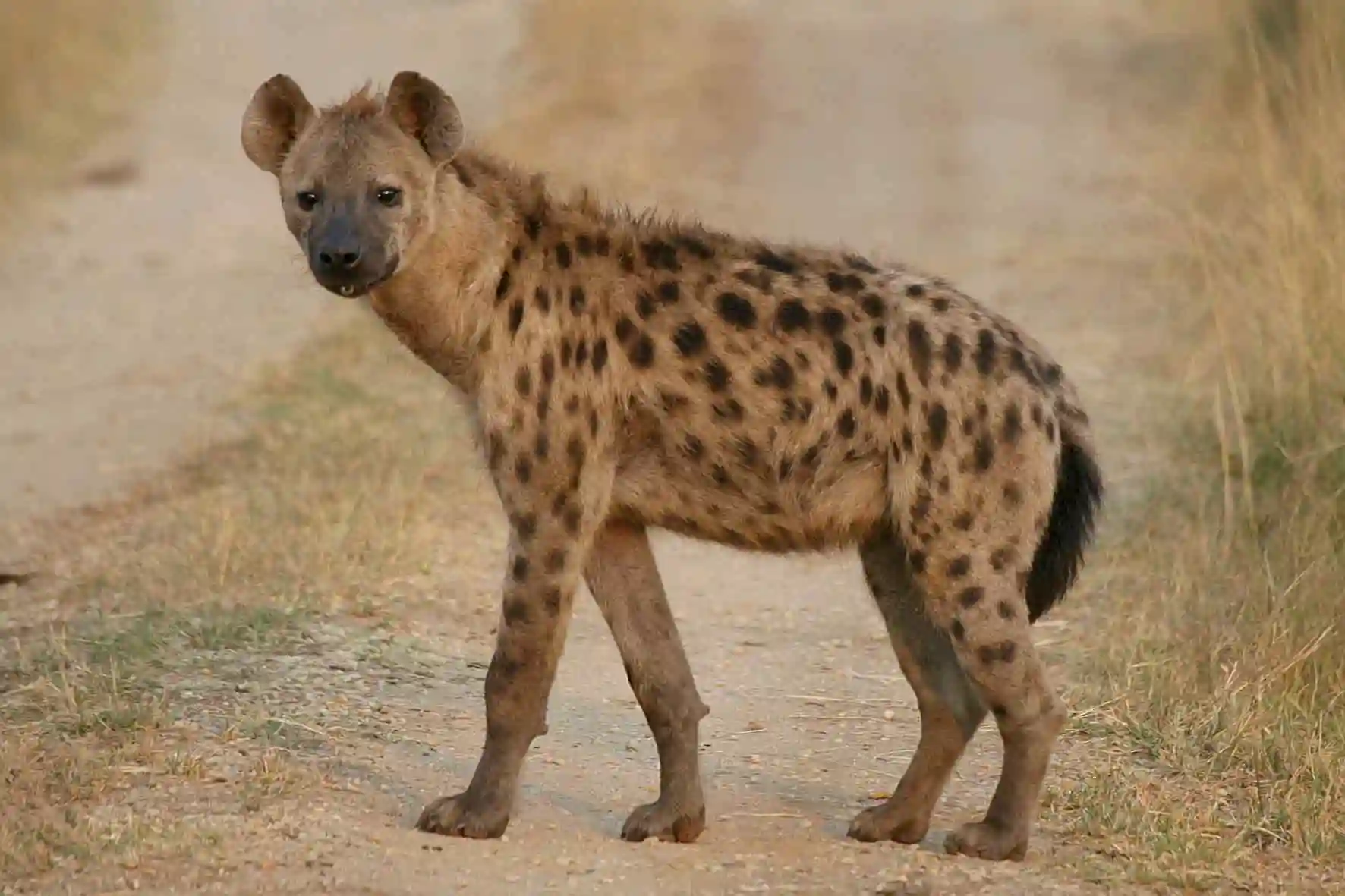Villagers in Tsholotsho district, Matabeleland North, Zimbabwe, are concerned about the increasing population of lions, hyenas, and jackals that are killing their livestock. They also mentioned that the number of elephants is growing, and these animals are destroying their crops. According to the Chronicle, the issue was raised during a meeting between Minister Mangaliso Ndlovu and the Sipepa community, where the minister engaged with communities to understand their challenges regarding the environment, forestry, and wildlife.
Human-wildlife conflict is a growing problem in Zimbabwe, with climate change-induced droughts being identified as a major cause. As droughts occur, wild animals like elephants, lions, buffaloes, hyenas, and wild dogs stray into communities in search of food and water. This leads to conflicts where villagers lose their livestock, crops, and other properties, while some people have been injured or killed. The situation is particularly prevalent in Lupane, Binga, Hwange, and Tsholotsho.
During the meeting, community members expressed their concerns. Mr. Dumisani Nkomo mentioned that hyenas and jackals were killing their livestock, forcing them to keep the animals in pens for most of the day. He was quoted as saying:
Wild animals like hyenas and jackals are killing our livestock here. We have been forced to keep our livestock in pens for the greater part of the day because of these wild animals. How can we have good co-existence with hyenas and jackals? These animals do not benefit us at all unlike elephants which can be sold for the benefit of the community.
Mr. Msitheli Sibindi raised the issue of lions attacking their livestock and noted that some of these lions had collars, indicating they were being used for research. He called for action to address this problem, suggesting that those conducting research take measures to mitigate the conflict. He said:
What is of concern to us is that some of the lions attacking our livestock have collars which shows that they are being used for research. Can’t those who are doing research do something about them because Campfire has failed us.
He also emphasised the need for a strong boundary fence to keep wild animals away from communities, as well as culling to manage the animal population.
Mrs. Florence Nkomo shared her personal experience of losing four cattle to lions in January and urged authorities to address the problem. Councillor Gift Tshuma reported that 21 animals had been killed by wild animals since the beginning of the year, leading to concerns about the safety of children walking long distances to school.
Minister Ndlovu acknowledged the challenges and highlighted the issue of the blanket ban on ivory and elephant trade imposed by the Convention on International Trade in Endangered Species (CITES). He said:
I am troubled because the CITES treaty is now being used to dictate what countries like us which have animals can and cannot do by countries that do not have animals.
We have a serious fight within CITES because through them we are not allowed to sell ivory of even animals that died of natural causes.
In Zimbabwe, the conflict between humans and wildlife is causing serious harm. Over the past five years, approximately 400 people have lost their lives due to human-wildlife conflict, according to ZimParks, the country’s parks and wildlife management authority. In 2020, there were 60 deaths and 40 injuries. In 2021 alone, more than 80 people were killed by elephants, and many others were injured by animals like crocodiles and hyenas. This makes Zimbabwe the country with the highest rate of human-wildlife conflict deaths in the Southern Africa region.
The number of human-wildlife conflict cases is increasing, with 68 people killed in 2022 as they entered wildlife areas or when animals strayed into villages. This conflict is a result of the growing populations of both humans and wildlife. In the first quarter of 2023, there were 22 deaths and 43 injuries related to human-wildlife conflict.

